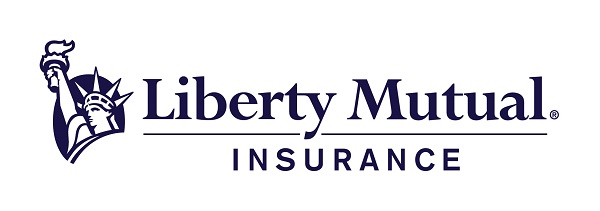COVID-19 has shifted the business environment. Learn how to approach conversations about changing inland marine exposures.
2020 was an unprecedented year, requiring all of us, businesses included, to adapt to ever-changing regulations, restrictions and economic uncertainty.
As we turn the page to 2021, now is the perfect time to check in with your clients to update their inland marine exposures and confirm they're still adequately covered.
Here are some questions we recommend asking your clients to determine whether their inland marine exposures have changed.
Builders Risk
The primary risk associated with the pandemic in the construction industry is delay, suspension or cancellation of projects. The shortage of labor and construction materials, as well as reduced capital has had a significant impact on the timely completion of projects.
Delays create additional risks such as theft, vandalism, fire and flooding when sites are idle or largely unoccupied. Risk mitigation strategies should be implemented or revisited due to the shift in exposure.
- Is the project proceeding on schedule or will the client need an extension due to COVID-19-related delays?
- Has the scope of the project changed?
- Have construction costs increased?
- Are material or labor shortages necessitating extensions?
Contractors Equipment
Many new construction projects are being cancelled or delayed. More contractors face financial uncertainty and may choose to self-insure or reevaluate their business continuity plan due to loss of income. These contractors may be forced to start considering new or different operations to utilize their equipment.
- Is the equipment schedule up-to-date?
- Have leased or rented expenditures changed?
- Is any equipment being rented to others?
- Have the types of work performed changed?
- Has the client adjusted operations at all?
- Has the project moved more toward a part-time operation that requires storing equipment for longer periods of time?
Motor Truck Cargo and Transportation
Supply chain disruptions and driver shortages have impacted the transportation industry. Consumer demands shifted dramatically as a result of the pandemic. Some trucking companies may have altered their operations since the demand for trucking has shifted to other industries.
- Have there been any changes to the client's fleet or drivers?
- Have revenue, annual miles driven, radius of operations or commodities hauled changed?
Installation Floater
Subcontractors may experience project delays due to material shortages. As with builders risk coverage, delays can result in additional risks such as theft and vandalism. The limits may need to be updated to ensure adequate coverage.
- Have installation receipts or the types of goods stored changed?
- Are transit or temp storage sublimits still adequate?
- Does the client need an extension on a single shot installation floater due to delays brought about by COVID-19 or other factors?
Warehouse Legal Liability
Storage exposures may have changed due to the different type of goods that are in consumer demand. Depending on the nature of the goods, the storage limits and exposure could be affected.
- Have warehouse receipts or the types of goods stored changed?
- Does the current limit capture the maximum values warehoused at any time?
To learn more, go to the Liberty Mutual website.

